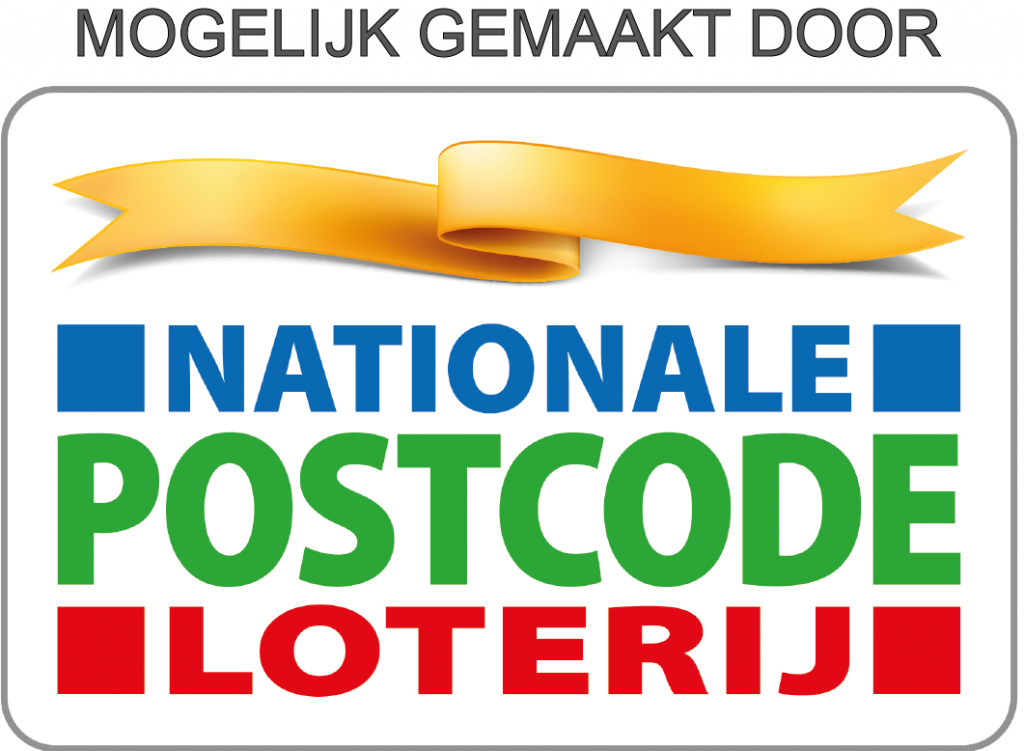Policy brief: tackling policy dilemmas for wetland restoration
08 December, 2025
Tuesday 04 june 2024
Header photo: Stephanie Broekarts IUCN NL, nickel mine near Siuna, central Sulawesi
‘Given the global transition to renewable energy and the digitalisation of our economies and societies, demand for the critical raw materials that make this transition possible, like nickel, lithium and bauxite (aluminium) is expected to increase exponentially in the coming decades,’ Sprenger says. ‘This means that we need to be more careful with these raw materials, put more effort into circularity and reuse, and consume less. However, this will probably not fully address the increased demand, so extraction of new critical raw materials will be unavoidable and therefore, unfortunately, the exploitation of new mines.’
The aim of the CRMA is to strengthen commodity value chains in the European Union. It therefore has an economic angle in particular. Access to raw materials is essential for the economy. Certain raw materials are considered critical because of their high economic importance and because supply is highly concentrated from a limited number of countries outside of Europe. The CRMA addresses this risk. Thus, it includes measures to ensure that imports of critical raw materials become more diversified (no more than 65% dependence on a third country) and that the European Union’s capacities increase in terms of extraction (at least 10% of annual consumption by 2030), processing (at least 40% of annual consumption) and reuse (at least 25% of annual consumption).
To promote sustainability, the CRMA includes measures to ensure that the recovery of critical raw materials from extractive waste is facilitated by, for example, prescribing labelling for the presence of permanent magnets found in wind turbines, among others. There are also recycling capacity targets in the regulation.
Sprenger: ‘By promoting circularity and the sustainable use of critical raw materials and increasing recycling capacity within the EU, good steps are being taken. It is very important to fully commit to this. As a result, we will hopefully need to extract fewer raw materials in the long run, which can limit damage to nature.’
The CRMA states that existing European legislation to protect nature and the environment must be complied with. This means that the extraction of critical raw materials must take into account European Directives such as environmental impact assessment, conservation of natural habitats and wild flora and fauna, birdlife and water policy.
For nature outside Europe, international agreements and national legislation must be adhered to. Sprenger: ‘It is important to comply with European nature legislation. However, it is a missed opportunity not to include protected natural areas, tropical forests, wetlands, vulnerable ecosystems and key biodiversity areas outside Europe as no-go zones where resource extraction is not allowed. To combat climate change and further biodiversity loss, but also for local water and food supply, these areas are crucial. If we are serious about meeting the international climate and biodiversity targets, as defined in the Climate Convention and the Global Biodiversity Framework, we must spare these areas.’
In its sustainability measures, the CRMA makes an exception for so-called strategic projects. These are projects that are deemed to serve the public interest and are of higher importance than nature, allowing the aforementioned legislation to be set aside. Furthermore, the deadlines for environmental assessments and environmental permits are relatively short, allowing decisions to be made without fully assessing all risks, including risks to nature and human rights.
‘Sprenger: ‘Regarding the original inhabitants of areas with plans for mining, it is disappointing that the “free prior informed consent” (FPIC) principle is not explicitly mentioned in the CRMA. It only stipulates that they should be ‘meaningfully consulted’. Research has shown that 54% of the resources needed for the energy transition are in areas of indigenous people and local communities[1] https://theconversation.com/54-of-projects-extracting-clean-energy-minerals-overlap-with-indigenous-lands-research-reveals-195438. There is therefore a risk of them being driven off their lands in favour of such strategic projects. Respecting and adhering to the FPIC principle is therefore very important in this context.’
This is also in light of the fact that the mining sector is a dangerous sector for conservationists, including many original inhabitants of areas threatened by mining. The sector has been associated with declining civic space and the harassment, persecution, disappearance and killing of conservationists. According to Global Witness, the majority of killings of conservationists and environmentalists in 2022 are linked to the mining and minerals sector.
What does this new European law mean for the Dutch government and Dutch businesses? ‘The Netherlands has to work with the CRMA on many fronts,’ says Sprenger. ‘Material should be easier to recycle and circularity should be promoted. For example, the Netherlands should establish and implement national programmes with measures for waste collection and reuse of products with critical raw materials.’
A national competent authority will be designated in the Netherlands to facilitate and coordinate permit procedures for projects involving critical raw materials. Furthermore, the Dutch government should share information on, for example, the procedure for permits in a central and easily findable place.
The Netherlands is also working on its own policies regarding raw materials. These include the National Raw Materials Strategy and a Circular Economy Act, which is still being developed. Important developments according to Sprenger, which are closely linked to what is happening at European level. ‘The National Raw Materials Strategy incorporates the principles of the CRMA regarding the importance of circularity, recycling, diversification and environment. An important difference, however, is that the National Raw Materials Strategy does not as yet attach any concrete targets to these, especially in terms of impact on nature and human rights.’
With the Bottom Line! project, IUCN NL and a broad coalition of civil society organisations are committed to a fair energy transition with the least possible impact on people and nature. Bottom Line! is supported by the Dutch Postcode Lottery.
